630 Meter Challenge – Halftime Update:
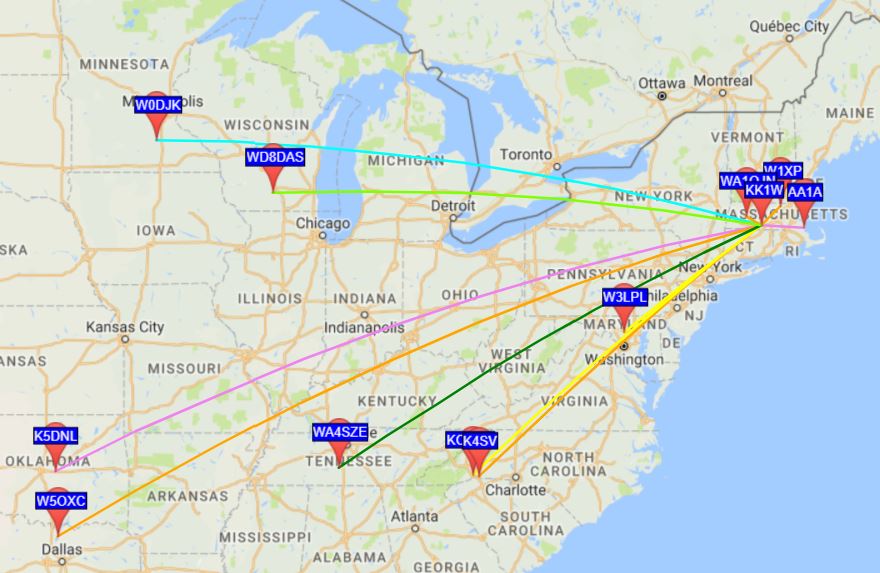
The HCRA/SOTA Jerks 630 meter challenge crosses the halfway point January 1, 2018. So far close to a half dozen members have made QSO’s or SWL reports on our new, medium frequency (MF) band. Here’s a quick overview of their achievements so far along with station descriptions and photos. Not sure about the 630 Challenge? Details can be found here. The purpose of the event is to encourage members of both clubs to expand their amateur radio horizons, “Go Low” and enjoy ham radio fun. There’s a list of links at the end to get you started on your exploration below WHYN AM if you’re so inclined.
Stations completing at least one QSO on 630 meters:
Bob/WA1OJN – First member QRV!
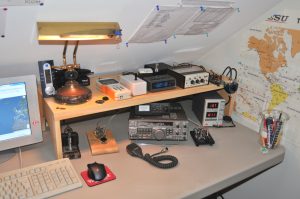
Bob was our first member QRV on 472 MHz. Bob hadn’t done any home-brew for many years and was excited by the Challenge announcement at the October meeting. Here, in his own words, is his description of progress to date on 630m:
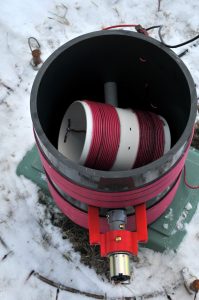
K1NZ and KK1W share the next spot
Nick/K1NZ and Jim/KK1W made their first QSO on 630 by working each other! Separated by a vast 7 miles here’s their story:
Nick/K1NZ
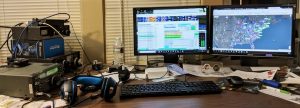
Nick’s station consists of an Icom 735 and a 160m Inverted-L antenna. The Icom is fully capable of transceive on 472 MHz and Nick had been monitoring WSPR and JT9 activity for a few weeks. When KK1W got his station QRV on the new band they decided to try a CW QSO. Guess what, it worked! Signals were weak but readable with a 339R/599S report at Nick’s end. Power was very low at Nick’s station because of high SWR concerns.
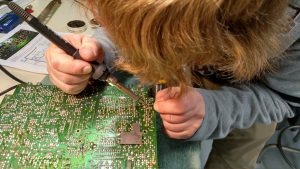
Since that QSO Nick has made modifications to the IC735 to improve RX and TX and hopes to get a resonant antenna up soon. One thing is certain, it’s not expensive to get on this band but it takes some ‘experimentation’ and good old ham tinkering to make it happen.
Jim/KK1W
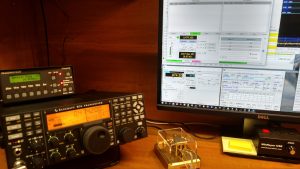
Jim’s stations features an Elecraft K3s, MF Solutions converter, an Inverted L antenna for TX and a 650′ Beverage for RX. The K3s is a great receiver on 472 MHz (with the general coverage filter) but sports only a half milliwatt (0.0005 watts) output! Getting that tiny signal boosted is the job of the MF Systems converter. The converter was modified to use only the amplifier portion and puts out about 20 watts.

The Inverted L antenna has 75′ of vertical, about 175′ horizontal and a half dozen 100′ ground radials. It’s tuned with a loading coil wound on a 2 gallon plastic pail.
Results have been good so far with over 20 QSO’s, two on CW, one on FT8 and the balance on JT9 with 9 states and three countries. Jim’s longest QSO to date was with ZF1EJ in the Cayman Islands approximately 1600 miles.
Plans for station improvement include a variometer to replace the fixed tuned coil and more power. With only 20 watts his station is a “rabbit with big ears” hearing much better than it can be heard.
Stations listening on 630 meters:
James/WD1S
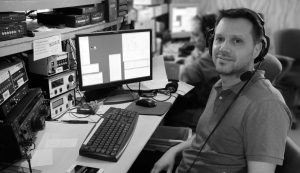
James is an avid 160m operator with a nice location in Chesterfield, MA. His station consists of a Kenwood TS-590 and various wire antennas. He has been receiving signals on 472 and 137 MHz since the beginning of the challenge.
Like the K3 his TS-590 has very low output on 472HKz. James has tried to work a few local stations but his 1mw signal is just not heard, at least so far.
Frandy/N1FJ
Frandy added a general coverage filter to his K3 and is using a G5RV for receiving. To date he has copied KK1W’s CW CQ and NDB’s lower in the band. He has obtained an MF Solutions converter and hopes to get on the air soon feeding an Inverted L antenna.
Mid-Challenge Wrap Up:
This wraps up our mid-Challenge activities. There are others expressing interest in the band including George/KC1V and Bob/W1QA but we’re not aware of their progress to date.
There’s remains plenty of time to get into the fun of MF over the next few months. Winter months are great for these frequencies with little atmospheric interference. It is amazing the distances achievable on these so called ‘low bands’ and you will be too – if you give it a try. Many ham transceivers and most general coverage receivers can receive below 500 KHz. Besides amateur activity on 472 KHz and 137 KHz there’s many interesting signals at VLF frequencies. Between the two amateur bands are many non-directional aircraft beacons (NDB’s). How many or how far can they be heard? Give it a listen and use one of the links below to see where they are located. Interested in digital modes? WSPR, JT9 and FT8 abound on both bands.
Why not make a 2018 resolution to spin the tuning knob and “Go Low for big fun”
Happy New Year!
’73…
Jim/KK1W
Interesting and useful links:
The links below have proven very useful for our members. They concentrate on the basics and will get you QRV on 630m quickly.

Leave a Reply